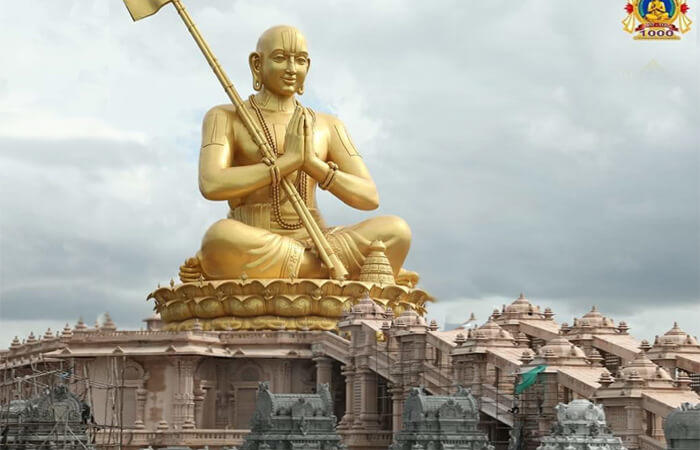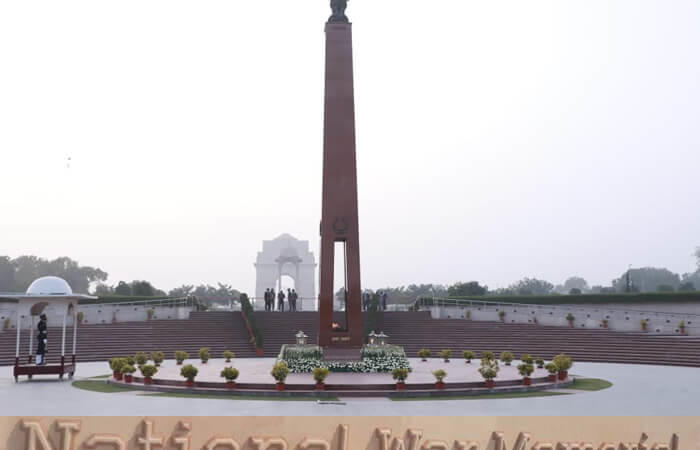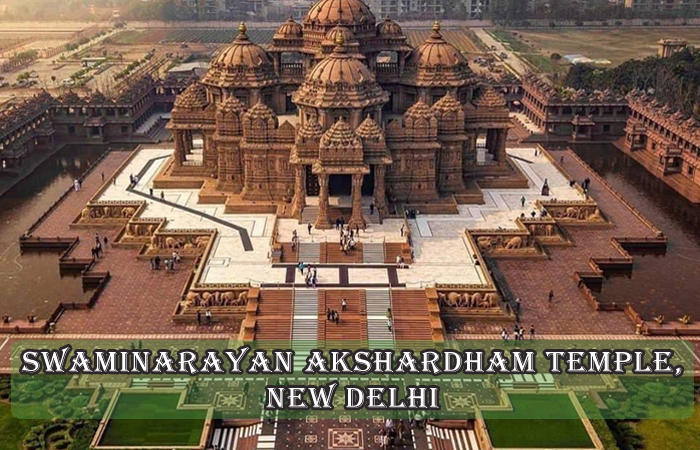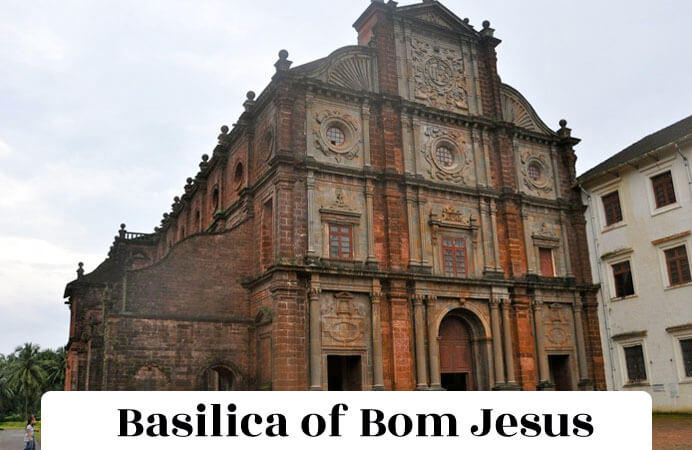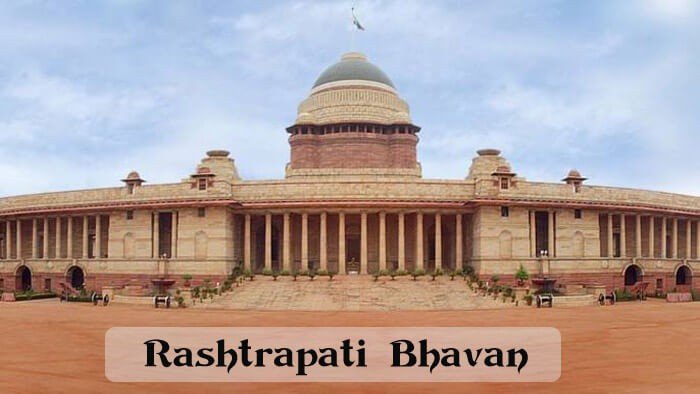Badrinath Temple
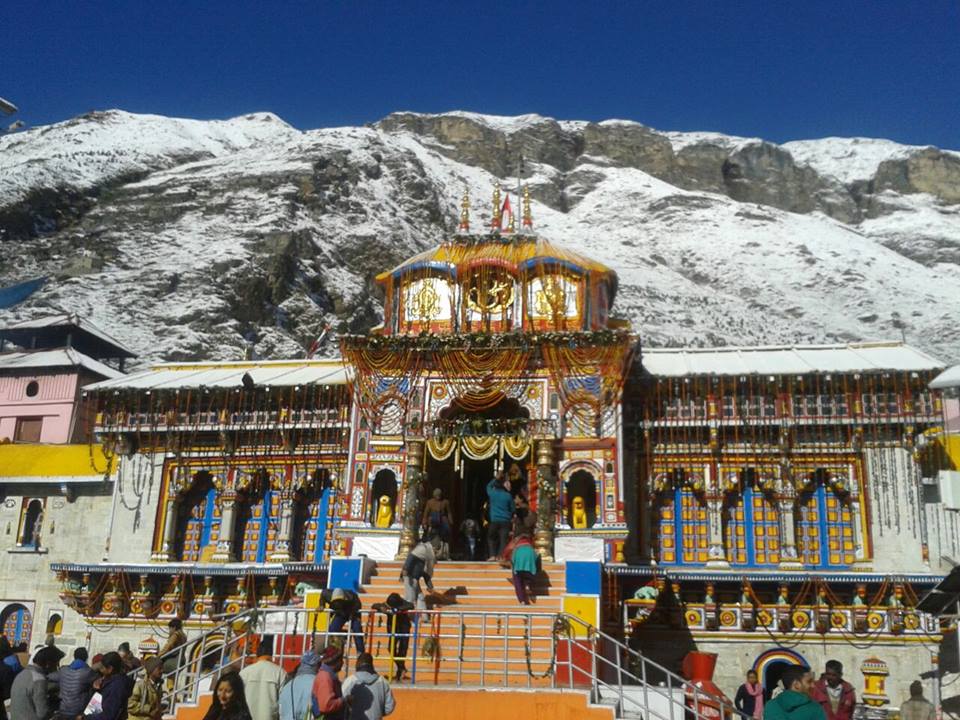
Badrinath Temple is a major religious place among Hindus also known as Badrinarayan temple. Situated along the Alaknanda river in the hill town of Badrinath in Uttarakhand state in India.
It is the most important of the four sites in India’s Char Dham pilgrimage. The Temple is open only for six months (Between the end of April to the beginning of November), due to the extreme weather condition in the Himalayan region.
The Badrinath temple opens every year in the month of April-May & closes for winters in the third week of November. Thus the temple is shut down for 6 months every year during which prayers to the Badri Vishal continue at the Narasimha temple in Joshimath. The opening date of Badrinath Temple is fixed on Basant Panchami by Raj Purohit and the closure date is fixed on Vijaydashmi by Mandir Committee.
The Badrinath temple opens at 0430 hrs & closes at 1300 hrs. Once again it opens at 1600 hrs & closes at 2100 hrs after the divine song Geet Govind.
Architecture and Shrines
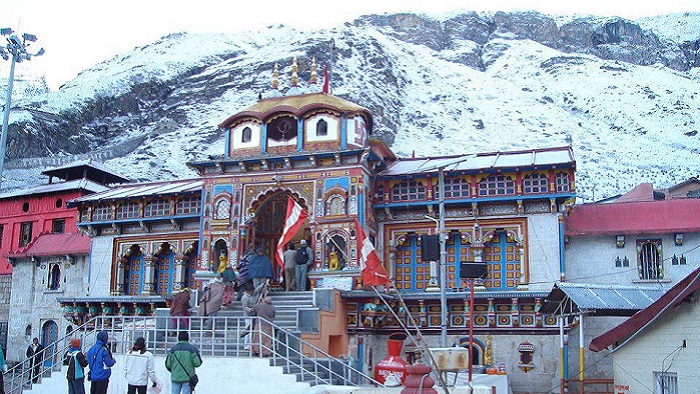
Badrinath is at a height of 10,400 feet above sea level in the Garhwal Mountains, a part of the larger Himalayas, in the state of Uttaranchal. Built-in the early ninth century AD, the Badrinath temple is one of the most revered Hindu shrines of India.
The architecture resembles a Buddhist vihara (temple), with the brightly painted facade also more typical of Buddhism temples. Just inside is the mandap, a large pillared hall that leads to the garbha grha, or main shrine area. The main shrine area houses the black stone image of Lord Badrinarayan, sitting under a gold canopy, under a Badri Tree.
The image of Badrinarayan holds a Shankha (conch) and a Chakra (wheel) in two of its arms in a lifted posture and two arms are rested on its lap in a Yogamudra (Padmasana) posture.
There are fifteen more images that are also worshipped around the temple. These include of Lakshmi (the consort of Vishnu), Garuda (the vahana of Narayan), and Navadurga, the manifestation of Durga in nine different forms.
History
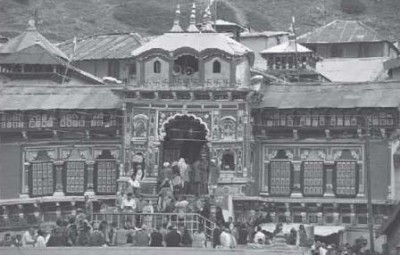
It is believed that Adi Shankaracharya Ji discovered the image of Badrinath in the Alaknanda River and enshrined it in a cave near the Tapt Kund hot springs. The throne of Badrinath was named after the presiding deity; the king enjoyed ritual obeisance by the devotees before proceeding to the shrine.
The temple has undergone several major renovations due to its age and damage by an avalanche. In the 17th century, the temple was expanded by the Kings of Garhwal. After significant damage in the great 1803 Himalayan earthquake, it was largely rebuilt by the King of Jaipur. The Kumbh Meld festival held every twelve years.
Legend
There are many legends behind the temple one is god Vishnu sat in meditation at this place, keeping away from Thuling, a place in the Himalayas which was corrupted by meat-eating monks and unchaste people. During his meditation, Vishnu was unaware of cold weather. Lakshmi, his consort, protected him in the form of the Badri tree (jujube or Indian date). Pleased by the devotion of Lakshmi, Vishnu named the place Badrika Ashram. According to Atkinson (1979), the place used to be a jujube forest, which is not found there today. Vishnu in the form of Badrinath is depicted in the temple sitting in the padmasana posture. According to the legend, Vishnu was chastised by a sage, who saw Vishnu’s consort, Lakshmi, massaging his feet. Vishnu went to Badrinath to perform austerity, meditating for a long time in padmasana.
Another legend says Dharam had two sons, Nar and Narayan —both of which are modern names of Himalayan mountains. They chose the place to spread their religion and each of them wed the spacious valleys in the Himalayas. Searching for an ideal place to set up a hermitage, they came across the other four Badris of the Pancha Badri, namely Bridha Badri, Yog Bhadri, Dhyan Badri, and Bhavish Badri. They finally found the hot and cold spring behind the Alaknanda River and named it Badri Vishal.
According to one legend, Guru Govind Singh, the tenth Guru of the Sikhs, meditated on the banks of this Lake. The other places of worship in Badrinath are Gupt Kashi (Ardh -Narisvara and Viswanath temples), Kedarnath temple, Vyas Gufa, and Ganesha Gufa (where saint Vyas is said to have dictated the Mahabharata to Ganesha).
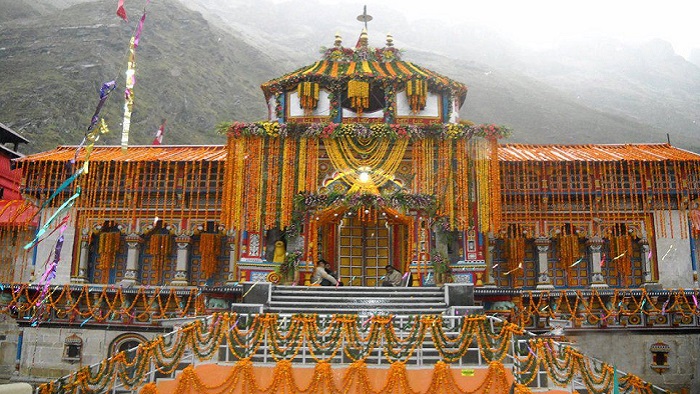
The main shrine of Badrinath is well connected by road and air but is closed during the winter season due to snow conditions, from October–November to April–May depending on the astrological dates fixed by the Temple Committee; the Raj Purohit (Royal priest) decides the auspicious day for opening the temple Patak (doors) on Vasant Panchami day in the end of April/early May while the closing day is Vijayadashami day in October/November.
Sapta Badri
The Badrinath temple is one of the seven sacred Hindu temples, dedicated to the god Vishnu, located in Garhwal Himalayas in the Indian state of Uttarakhand.
- The Badrinath temple
- Adi Badri
- Vridha Badri
- Dhyan Badri
- Ardha Badri
- Bhavishya Badri
- Yogadhayan Badri


